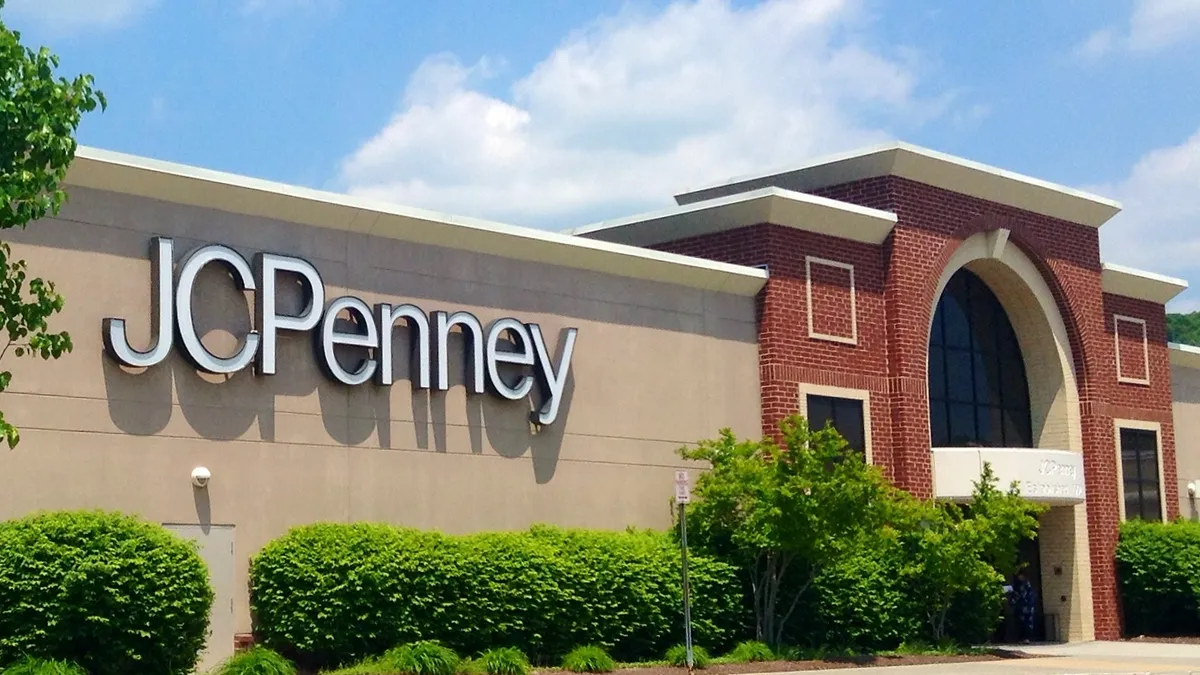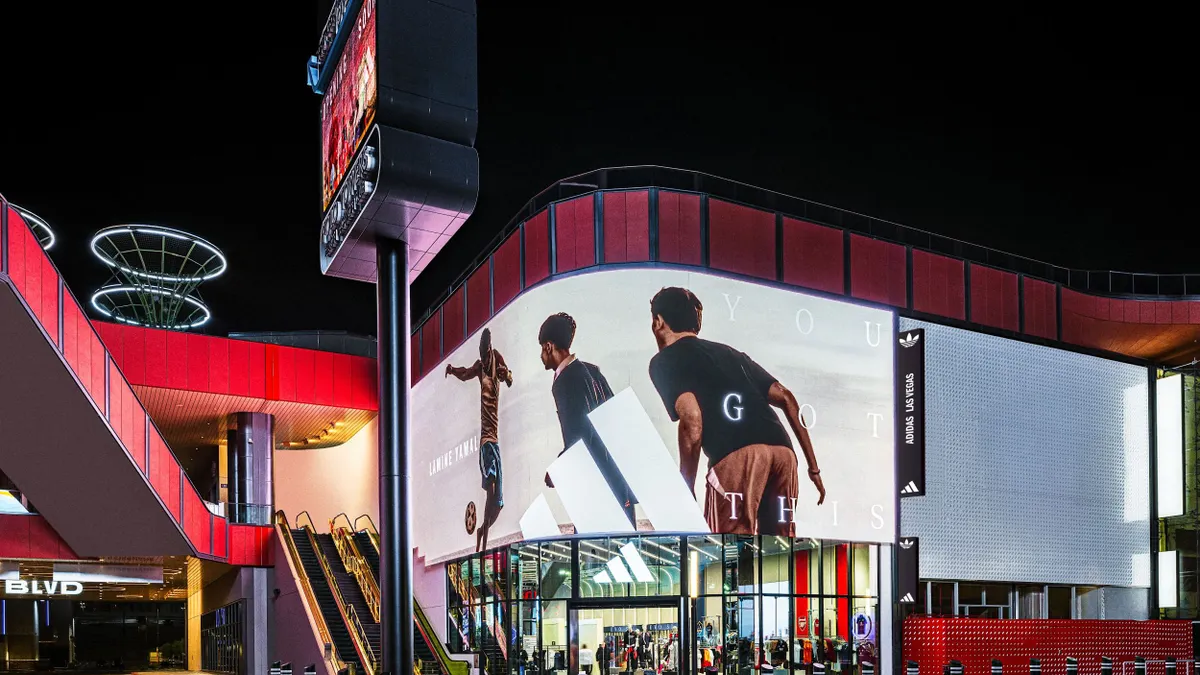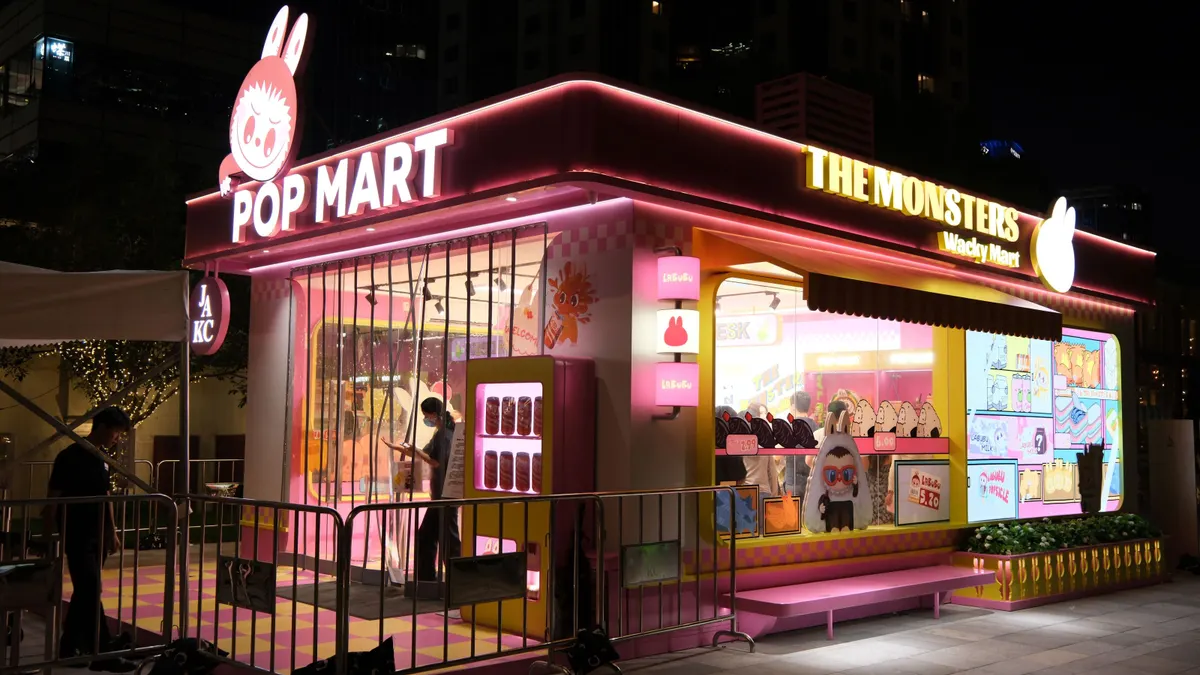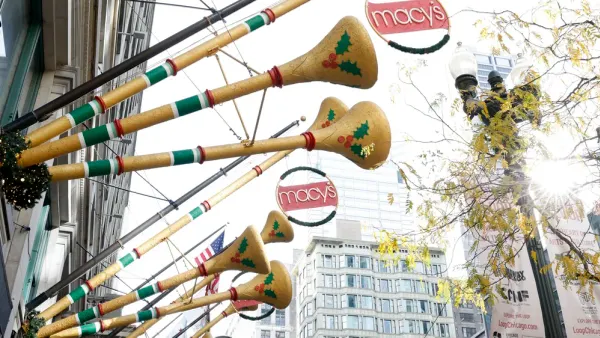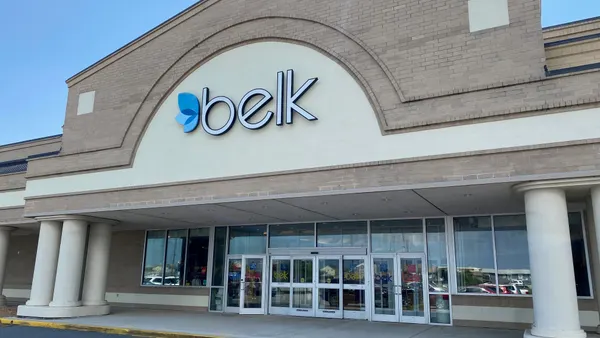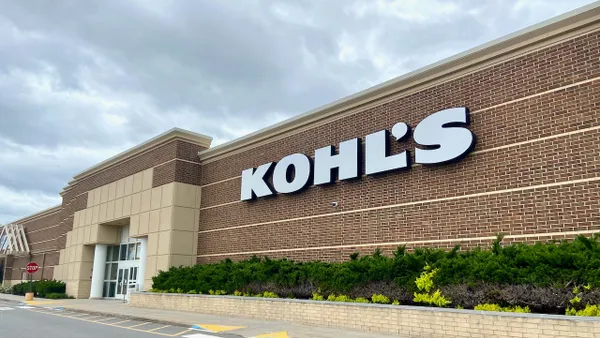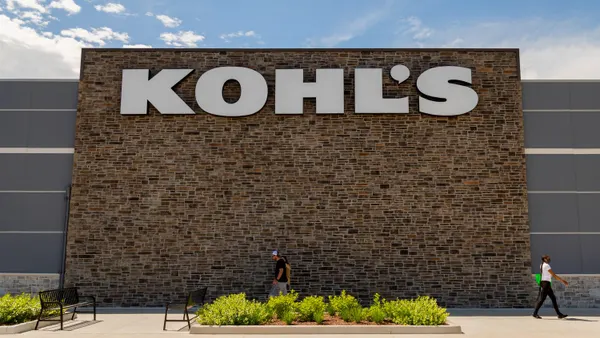Dive Brief:
-
J.C. Penney’s Q2 total net sales fell 3.4% year over year to $1.4 billion, according to financial filings last week. On top of that, credit income rose 10% to $65 million.
-
Many more stores had positive comps, though the company didn’t say how many or specify comparable sales. Gross margin reached 38.7%, down from last year's 39.4%, with robust growth in basics and sleepwear, footwear, home, children’s and men’s.
-
The department store was in the black, with $110 million in net income, compared to last year’s $33 million loss. Consolidated adjusted EBITDA reached $179 million, up from $29 million last year.
Dive Insight:
Along with the vague progress around store comps and the profitability, J.C. Penney had good news in other measures in Q2, though it wasn’t always precise.
“There is still softness in the numbers, but it seems like the sales declines might be starting to level off,” GlobalData Managing Director Neil Saunders said by email. “There are also a few rays of light in the metrics around comparable sales at certain stores and traffic and trips.”
Traffic improved on and offline from last quarter, per the filing, though the retailer didn’t say by how much. For the 15th straight month, existing customers came to shop more often, as trip frequency in that cohort rose 1%. Throughout Q2, there was “meaningful growth in brand search interest, site traffic and site demand.”
“During second quarter of Fiscal 2025, JCPenney remained focused on serving as the shopping destination for America’s diverse, working families,” the company said. “The second quarter continued to build on the momentum generated by the disruptive marketing that began at the end of April.”
That marketing emphasizes surprising fashion and other finds at J.C. Penney. In Q2, the best performing categories were beauty, fine jewelry and home. The best-performing private brands included Xersion, Modern Bride, Arizona and Liz Claiborne; in name brands, Clarks, Skechers, and Adidas were strong.
As of the start of the year, the department store is run by Catalyst Brands, which also runs Aéropostale, Brooks Brothers, Eddie Bauer, Lucky Brand and Nautica. Last week Penney said that integration would continue to pay off, with “significant levels of synergies that will be realized by JCPenney by the year 2027,” mostly related to sourcing, distribution and technology, as well as some administrative expenses.
In Q2, Penney’s cost of goods sold dropped by 2.4%. Improved markdown management led to category margin expansion, “which allowed the Company to manage the impact of distribution and tariff cost increases,” the company said.
The department store’s Q2 performance doesn’t mean it’s time to declare victory but does reflect “the greater effort the business has been making around products and the proposition,” according to Saunders.
“There is a lot of work still to do in getting JCP firmly back on track, but management has injected more energy, is more customer-focused, and is trying a lot of things to gain traction in a challenging market,” he said. “That deserves some kudos.”



